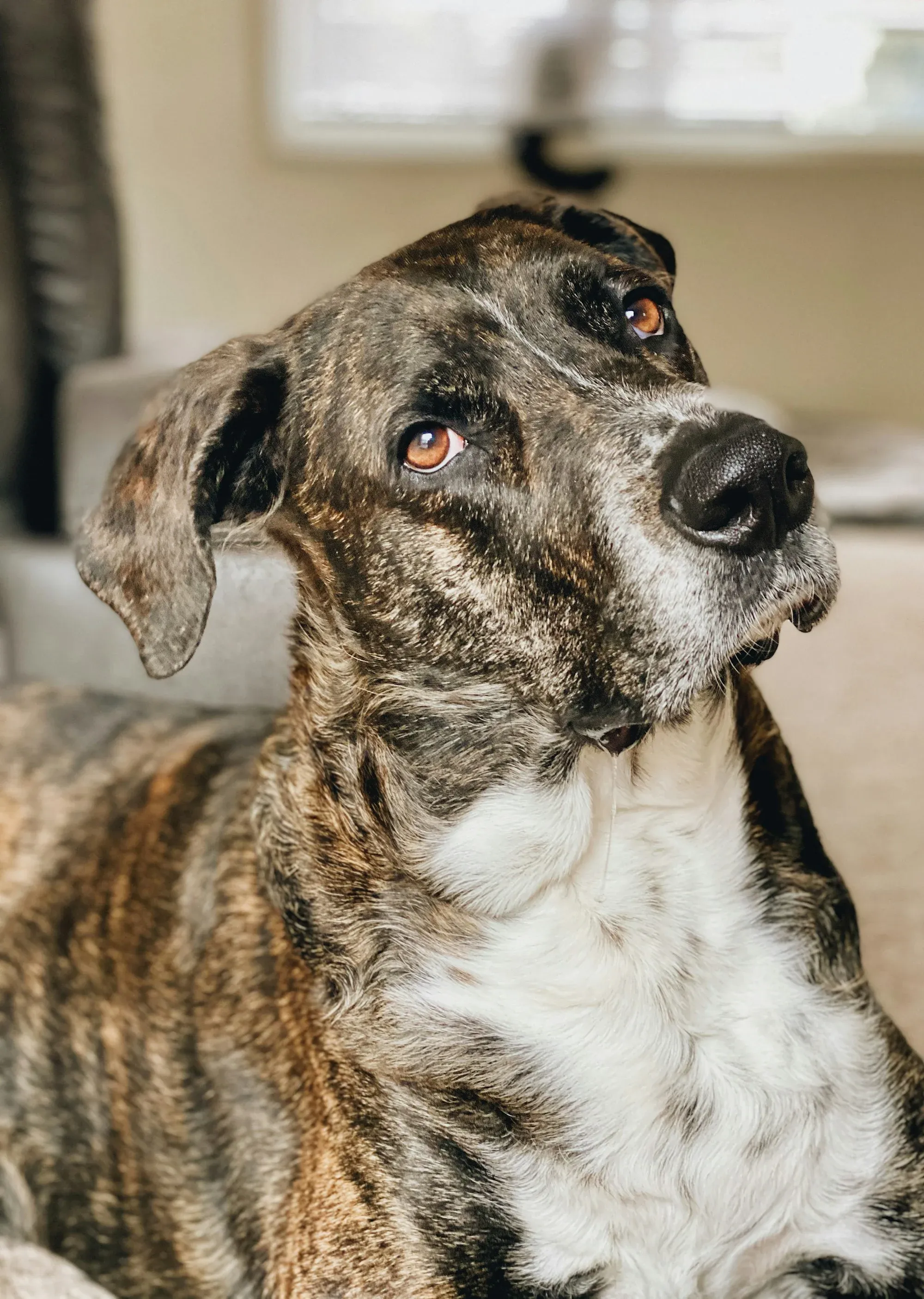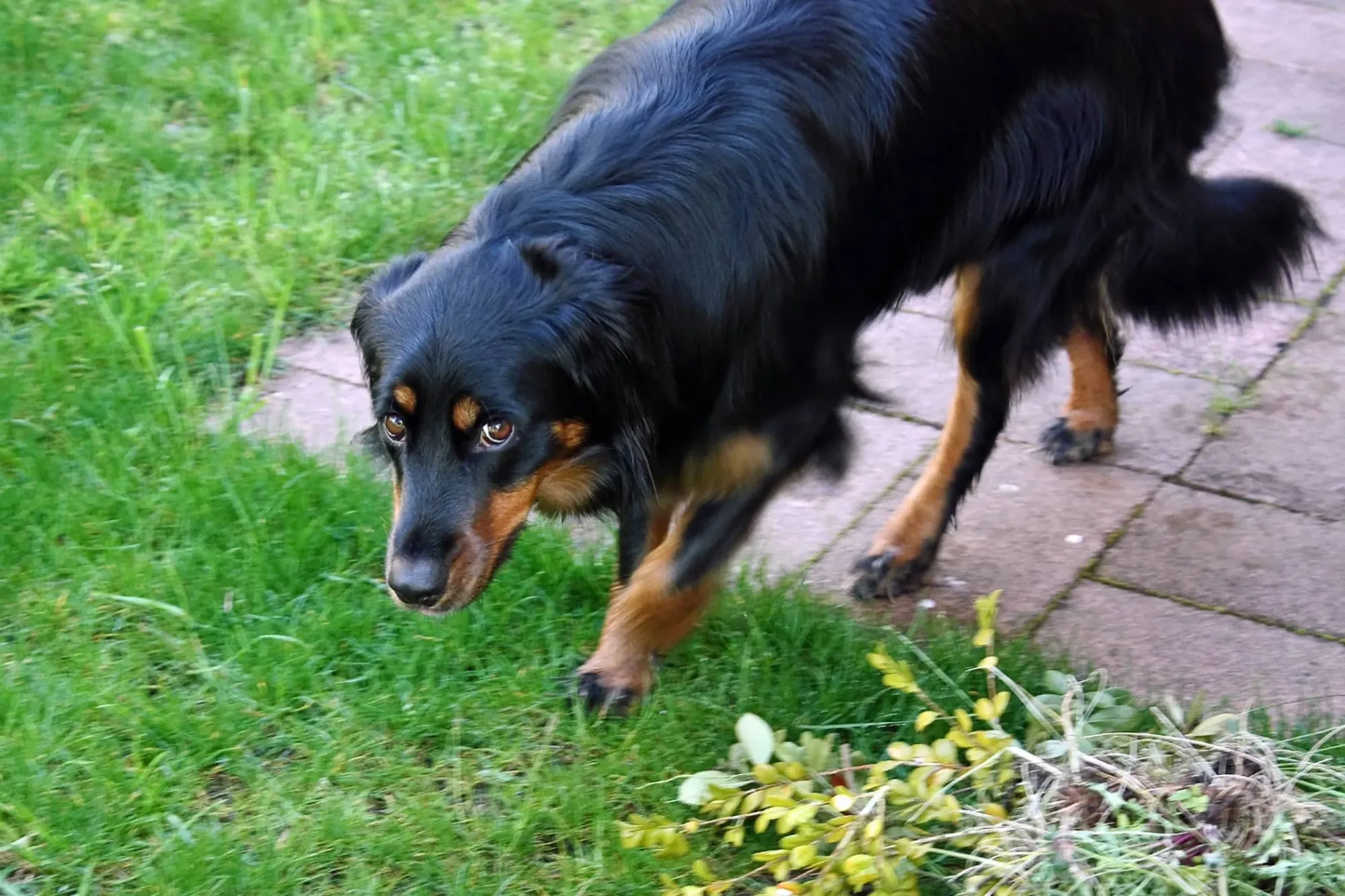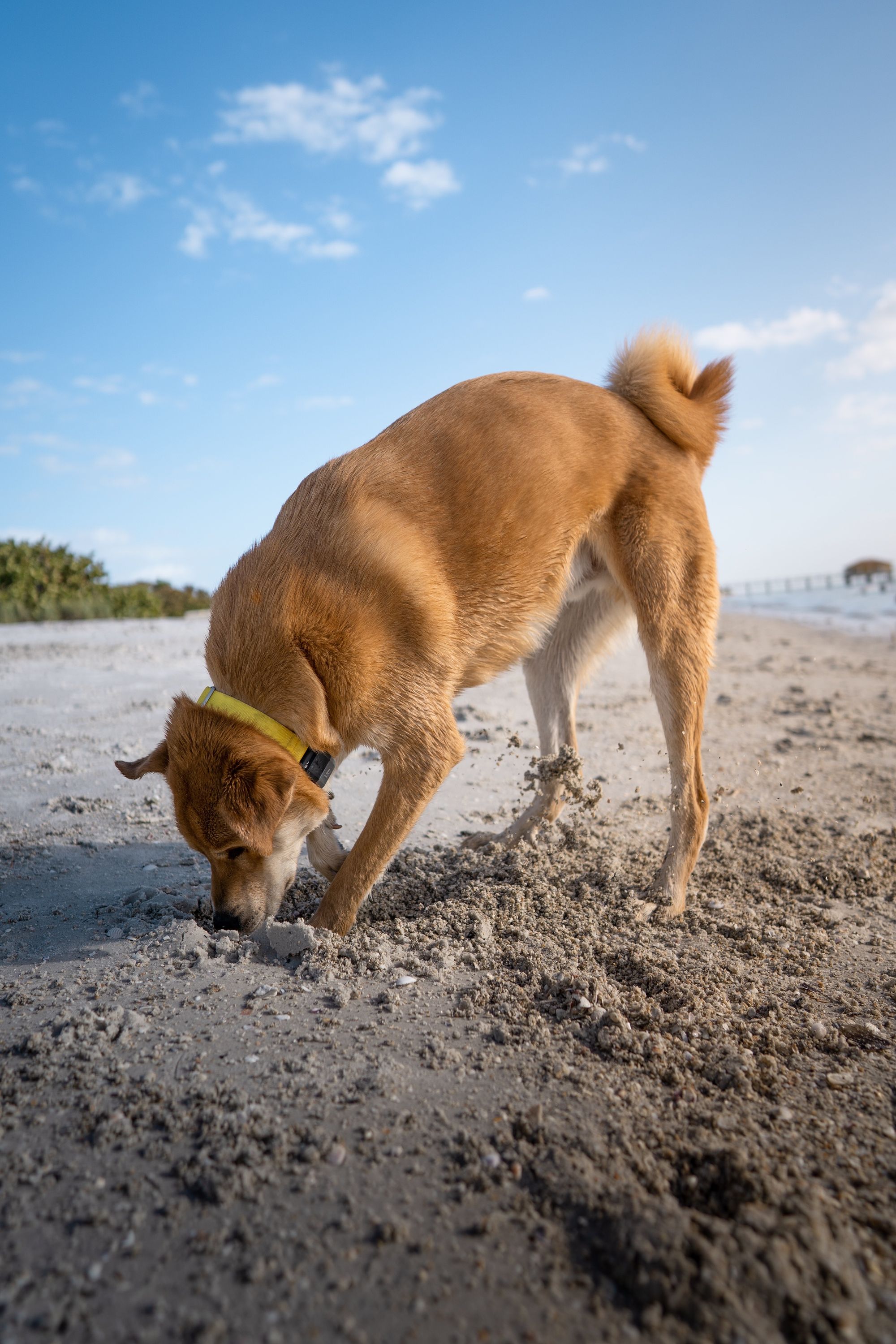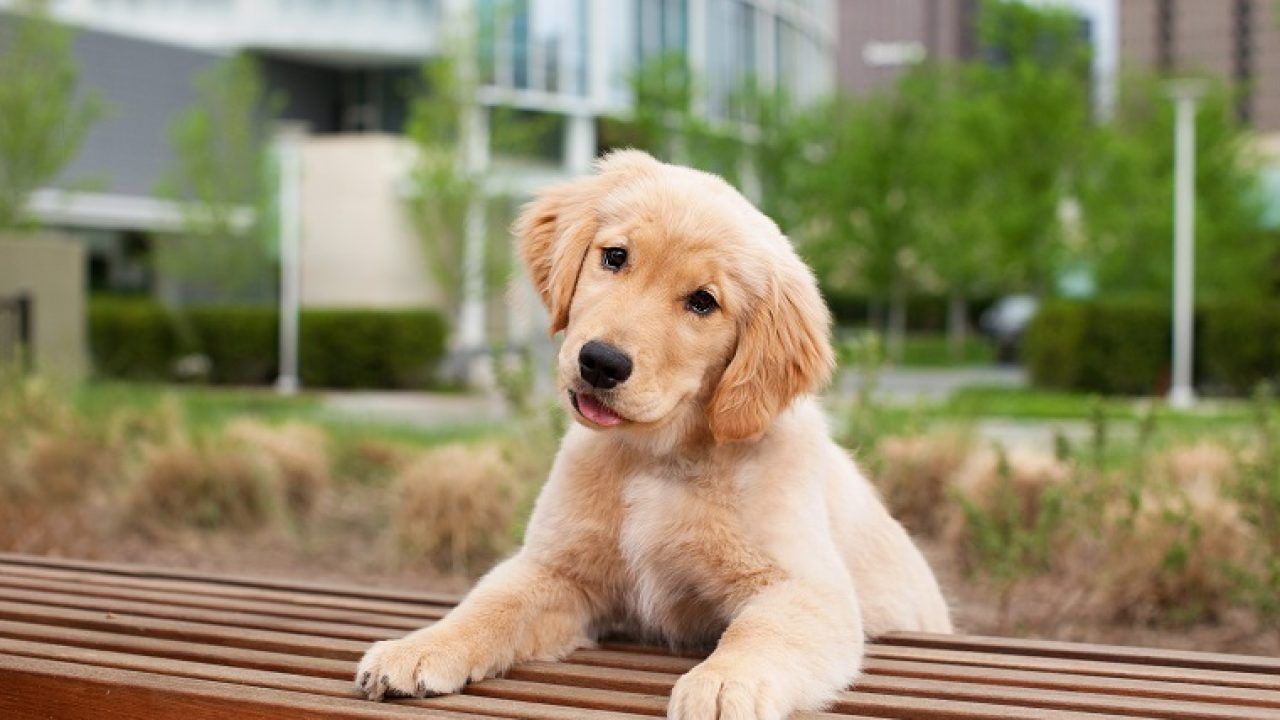Believe it or not, most dogs can read us better than we can read them! They can decipher our facial expressions—a smile, a smirk, a frown, a glare, and even a furrowed brow, as well as our body posturing. This talent of theirs is what has helped their survival as well as endeared them to us and win our hearts.

Here are some tips to help us read them better:
- Happy dogs usually hold their heads high, will try to nudge up to us or even lick us if we’re close enough. Their tails, long or short, are usually wagging in an upright position, and, if long enough, will usually curl up over their backs. Their eyes will be engaged—looking at you. If they are really happy they may even be bouncing back and forth or jumping up and down wagging like crazy. Some dogs, will even smile, which, if you don’t know the dog, can be confused with a snarl.
- Cautious dogs will often carry their heads a bit lower, and though they may not be facing us directly, their eyes will be on us—as if they are reading us and waiting for our next move. Their bodies may be turned a bit to the side, possibly preparing to take off if they don’t like how we react. Be careful, since some of their cautious behavior might turn into aggressive behavior if they start to feel threatened or challenged.

3. Fearful dogs will usually be leaning backwards, always ready to retreat. As you advance to them, they will often continually retreat. Their tails will usually be down, often between their legs, and won’t be wagging. If you are offering your hand, keep your palm down so they don’t fear they are going to be grabbed. If you are offering food or a treat, keep your palms open, and move very slowly. As you talk to them, keep your voice high and more soothing so it’s non-threatening. Like the cautious dog, their eyes will always be on you. If their tails start to rise from between their legs and even start to wag a little, that’s a sign that you might be making some headway. Don’t force any contact—let them slowly come to you. Again, if they feel threatened or backed into a corner, they may try to bite—something we call “fear aggression.”
4. The guilty dog—the dog that chewed up your favorite chair or shoes, or got into the garbage while you were gone. Anyone who has gone through this can read their dog as soon as they walk into the house. The guilty dog will probably not come to greet you, will crawl over to you, seemingly glued to the ground, when you call, and will probably not make eye contact with you. They know they were bad---and you know they were bad. When you ask the magic question; “what did you do?” you may get the little tip-of-the-tail wag. I can’t help but laugh.

5. Here’s probably the most important one to recognize—the aggressive dog. Everyone should learn how to recognize this one. Their ears are usually back, they usually snarl and growl showing off their pearly whites. Their hackles (hair on their backs by the shoulders) are up, their feet are firmly planted, and their tails may be wagging, but will be held straight back or even a little bit low. You do not want to look them in the eye (that might be considered a threat), and you should not advance into their space. Fortunately, most aggressive dogs will not attack as long as they are not provoked—so try not to do anything to provoke them. If you encounter one such dog, don’t run away, as that might set up their prey drive. Instead, move away slowly, and don’t panic. If you can, try to find something to lean up against—like a tree, a wall, or a car—as dogs will typically not try to charge at you if you are standing against a solid structure or object.

Hopefully, with the help of these tips, you can be as competent reading dogs as they are reading you!!
Jeff Werber, D.V.M.
Fi Veterinary Advisor

